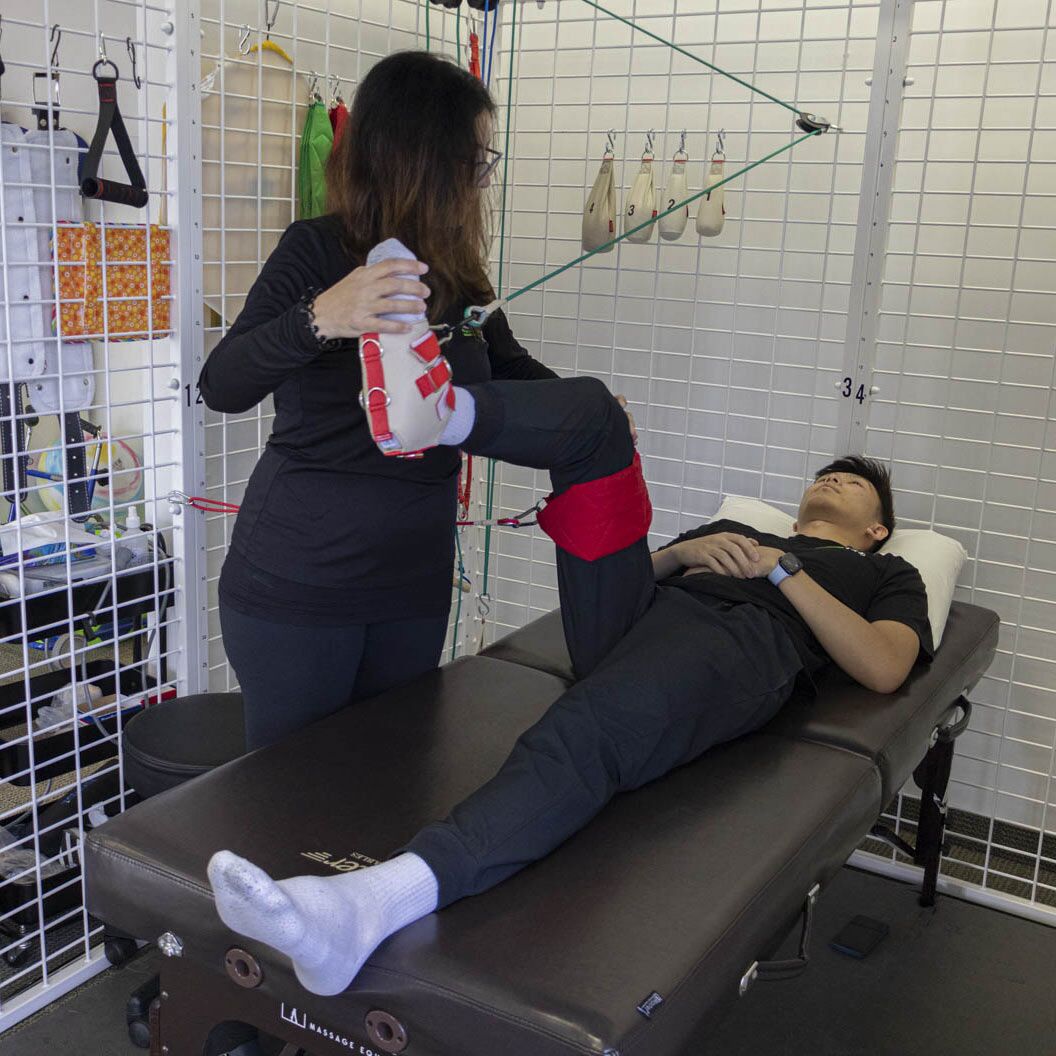Exploring the Diverse Methods of Physical Therapy for Enhanced Healing and Restoration
Exploring the Diverse Methods of Physical Therapy for Enhanced Healing and Restoration
Blog Article
Physical therapy is an important field that helps individuals heal from traumas, operations, and multiple medical issues. It involves a range of techniques designed to improve mobility, reduce discomfort, and enhance general physical capability. Physiotherapy practitioners are qualified professionals who assess each client’s needs and create personalized treatment plans. These programs often include workouts, manual treatment, and instruction about body mechanics. By employing these diverse techniques, physical can significantly enhance a patient’s quality of life.
One common technique used in physiotherapy is therapeutic exercise. This includes targeted movements and exercises that help strengthen muscles, enhance range of motion, and boost endurance. For instance, a client recovering from leg operation may engage in workouts that focus on rebuilding strength in the lower limb muscle groups. These exercises are meticulously chosen based on the individual’s status and goals. By gradually increasing the difficulty and challenges of the exercises, physiotherapy practitioners can assist patients recover their power and movement over a period.
Another important method is hands-on therapy, which includes physical methods to manipulate the body’s soft tissues and joints. This can entail stretching, joint movement, and manipulation. Manual treatment aims to alleviate discomfort, reduce swelling, and improve circulation. For example, a therapist may use light force to ease stress in tight muscle groups or to assist a joint function more freely. This technique is often integrated with other treatments to enhance rehabilitation and promote recovery. Patients often find manual treatment to be a relaxing and beneficial way to manage their pain.
In addition to workouts and manual treatment, education plays a crucial part in physical. Practitioners teach useful site clients about their conditions and how to manage them effectively. This may include guidance on correct posture, physical mechanics, and strategies to prevent subsequent injuries. For example, a practitioner might demonstrate a patient how to lift heavy items safely to prevent straining their spine. By empowering clients with understanding, physical therapists assist them take an active part in their rehabilitation and encourage sustained health and fitness.
Finally, technology is increasingly being incorporated into physical practices. Devices such as ultrasound, electrotherapy stimulation, and virtual environments can enhance conventional treatment approaches. These technologies can assist reduce discomfort, promote recovery, and provide engaging methods for patients to participate in their rehabilitation. For instance, immersive environments can create engaging settings for patients to rehearse movements in a safe plus secure environment. As technology continues to develop, it provides exciting possibilities for enhancing rehabilitation results in physical.
In conclusion, physiotherapy encompasses a variety of methods that function in unison to support rehabilitation and healing. Through rehabilitative activities, hands-on therapy, client instruction, and the application of technological tools, physiotherapy practitioners provide holistic treatment tailored to each patient’s requirements. This holistic method not only helps clients recover their physical capabilities but also empowers them to sustain their health in the long-term future. As more individuals recognize the advantages of physical, it continues to play a crucial role in the journey toward improved well-being and well-being.